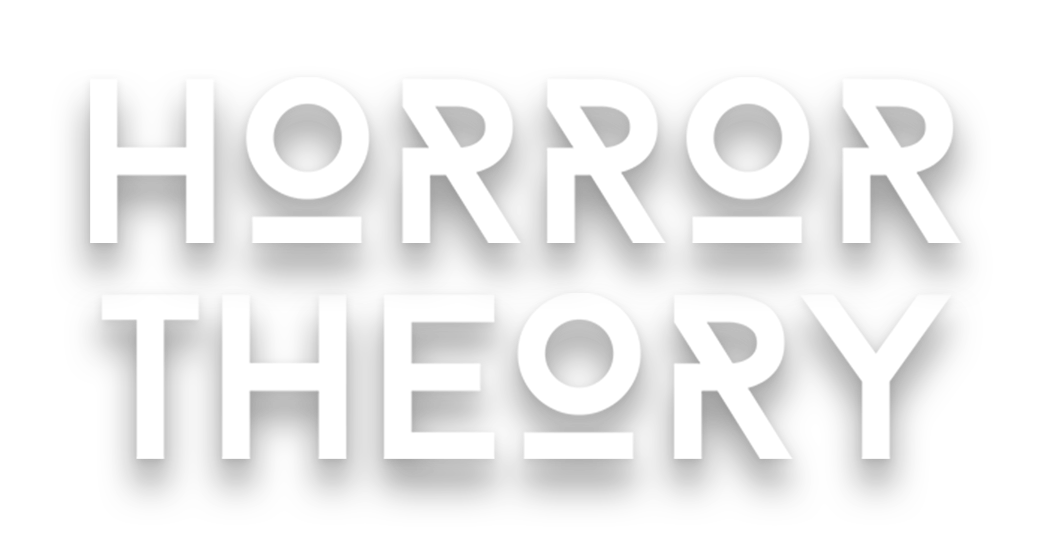In 1981, The Evil Dead gave audiences a taste of what has now become known and cherished as Sam Raimi’s masterful blend of campy, dark humor and fast-paced gorey attacks that come in shockingly consistent waves.
The Evil Dead follows five college students vacationing in an isolated cabin in the woods for spring break– a set up that’s inspired countless horror flicks in the past two decades. The students discover a trapdoor to the cabin’s cellar where they find the remaining audiotapes of a scientist who previously inhabited the cabin. When the play the tapes, they accidentally release a legion of demons who begin to possess the spring-breakers one by one as mayhem escalates to shocking heights.
Raimi and the cast produced the short film Within the Woods as a prototype to build the interest of potential investors, which secured Raimi $90,000 to produce The Evil Dead. The film went on to make an estimated $2.5 million and attracted the interest of producer Irvin Shapiro, who helped screen the film at the 1982 Cannes Film Festival. Stephen King gave a rave review of the film, which helped convince New Line Cinema to serve as its distributor.
The film was shot on location in a remote cabin located in Morristown, Tennessee. While the grimy locale contains several rooms including an extensive cellar, there is a sense of claustrophobic anxiety present from the moment the students enter the cabin.
Raimi compensated for the film’s micro budget with extremely thoughtful camera work. While the choreography is sloppy, the film contains some of the most iconic scenes in horror movie history. Raimi intermittently shoots from the point of view of the demonic forces that stalk the college kids from outside the cabin, and later utilizes the same perspective from the demon locked in the cellar.
You’ll likely never really feel immersed in the film, which is somehow beneficial to the viewing experience. The film’s sheer absurdity is something that you gaze at with a dropped jaw more than ever really loosing yourself in. But that hardly subtracts from the gruesome horror of these malicious, violent demons that are summoned by the call of their names.
It’s clear from the first act that Ash, played by Bruce Cambell, will assume the role of the film’s hero and character focal point. Cambell plays Ash with a bewildered intensity, over acting in almost every situation and adding to the polarity of the film’s horror factor and awkward hilarity.
The Evil Dead balances the horror and humor better than the other two films in the original trilogy– The Evil Dead 2 and Army of Darkness. Like the Child’s Play franchise, the first installment blends comedy with terror perfectly before growing progressively more silly with its sequels. Much of the humor is derived from Cambell’s baffled reaction to the terror that consumes the cabin and his friends, although it’s often difficult to determine when some of the funniest moments were intentionally meant to provoke laughter.
The intoxicating audio work elevates the film’s ferocity tenfold. The possessed characters’ ear-numbing screaming and screeching makes it seem like there really are demons eroding someone’s flesh. At times, I found myself lowering my television volume so my neighbors wouldn’t think I was performing a human sacrifice in my apartment.
The Evil Dead’s goofy 80’s charm and moments of bone-chilling terror are as nightmare-inducing now as they were over 20 years ago. With forceful ambition and originality, The Evil Dead is one of the few horror movies that has earned its reputation as a cult classic.
The Evil Dead can be purchased cheaply on Amazon right here.

[…] horror flicks can be a great deal of fun, but they rarely make for good cinema (there are exceptions). So breaking away from this formula and into a more destination-driven story opened up the doors […]